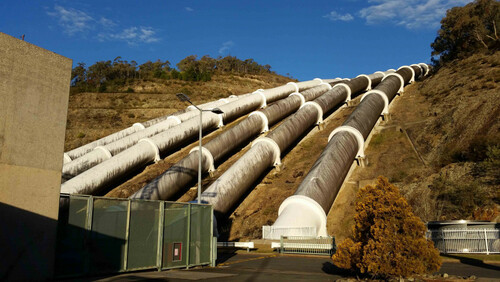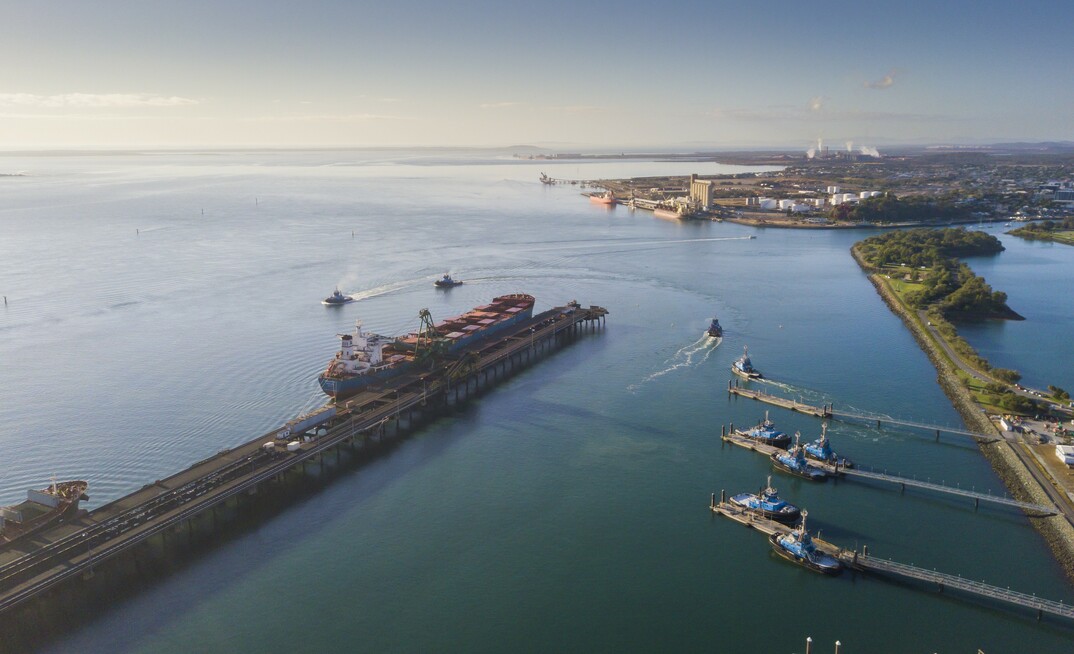Australia's eastern seaboard faces significant gas supply challenges, jeopardising energy security and market stability as coal-fired plants retire. The Australian Energy Market Operator (AEMO) warns of potential disruptions, especially during winter peaks, starting in 2028 due to declining Bass Strait production. While the transition to renewable energy supports climate goals, stable energy sources remain crucial. Energy economist Bruce Mountain notes that the rapid adoption of renewables has outpaced the development of reliable storage solutions, creating supply gaps when solar and wind resources are low.
Bruce Mountain, a prominent South States energy economist and industry critic, attributes the East Coast gas crisis to the collision of surging demand, dwindling domestic supply, and unrelenting export pressures. At the heart of this squeeze, he argues, are the three massive LNG export terminals in Queensland, which have essentially tripled the gas appetite across the Eastern States, stretching resources to the limit. Compounding the issue, traditional supply from the Gippsland Basin—a cornerstone of Australia's energy security—is in marked decline, adding urgency to the challenges now facing both policymakers and consumers.

YOU MIGHT ALSO LIKE
He points out that while gas availability remains tight, specific backup mechanisms have mitigated the most severe shortages. Yet the government's challenge lies in balancing export commitments with domestic needs, a precarious task in a global market where gas prices continue to soar.
"Queensland's coal seam gas has not lived up to early production expectations," Mountain says, pointing out how combined export demand and unpredictable production have destabilised the domestic market. "The high spot prices driven by international demand make Australian gas highly sought-after, but our relatively open market means this demand translates into constraints domestically."
The debate over energy security and policy
Despite the looming concerns, some analysts, including Mountain, argue that the threat of widespread blackouts has been overstated. "AEMO has cautioned about potential shortfalls for years, but the market also has resources that often go unmentioned, like distillate and diesel reserves and underutilised peaking facilities at Snowy Hydro," Mountain notes. "The reality is more complex than the headlines suggest."

Yet these supply constraints are not without consequence, particularly for Victoria, which faces heightened risk during winter. While most gas generators can switch to alternative fuels, the implications of limited gas availability still ripple through the system, creating uncertainty for consumers and driving up prices.
Political factions have been quick to weigh in, with some advocating for export curbs to ensure greater availability for domestic needs. Yet others, including opposition leader Peter Dutton, propose a different path entirely—arguing that nuclear energy should play a central role in Australia's future energy mix.
Managing exports and the search for long-term solutions
Mountain believes that current conditions have left the government with few options in the short term.

Labor and Liberal governments are unlikely to impose strict export constraints that would impact existing LNG contracts. Any attempt to do so would invite strong diplomatic pushback, particularly from Japan, one of our largest export partners.
While Western Australia has implemented domestic gas reservation policies to protect its supply, Mountain thinks replicating this approach on the East Coast could be problematic, given the larger export commitments and the tight domestic market balance.
He adds that the discussion around energy policy in Australia has come full circle. Early 2000s policy decisions underestimated the combined impact of multiple export terminals and failed to anticipate how coal seam gas would underperform. "With hindsight, limiting LNG export capacity may have kept the domestic market more stable," Mountain ponders. "Instead, we have a pinched market, with limited tax benefits, and Australians are paying the price."
Where to from here?
Australia's energy policy is being pulled in multiple directions, with parties on the left pushing for an end to gas and the opposition on the right advocating for nuclear power. But nuclear, Mountain argues with a degree of certainty, is unlikely to be the answer to Australia's immediate energy needs. "Even if the LNP's proposal for nuclear plants is implemented, they would only meet about 4-5% of the East Coast's electricity demand," he argues. "Solar and wind energy contribute much more," he adds, noting that batteries and other storage solutions are now more cost-effective than gas for backup power.
Mountain concludes that the government now has the responsibility for ensuring stability in energy markets. He argues that the government's willingness to intervene in export policies will ultimately affect prices and market stability. However, any decision to restrict exports could strain Australia's relationships with its trade partners. "Whenever export limitations are proposed, we face strong diplomatic pressure to honour existing contracts," he notes.
Meanwhile, policymakers may continue to subsidise consumers or attempt to shift gas suppliers' behaviour through moral suasion—a strategy that relies on the influence of public statements to encourage gas producers to prioritise domestic supply. Whether this tactic will address the underlying issues is unclear, but Mountain remains sceptical about any quick fix.
As Australia faces a complex and evolving energy landscape, the road to a stable, affordable, and sustainable energy system will require hard choices, effective management of international relationships, and a clear-eyed view of the resources required to sustain the nation's ambitious renewable targets. For now, Australians will likely continue to feel the squeeze—caught between high global gas prices and a domestic market struggling to keep up with demand.
About Bruce Mountain
Prof. Bruce Mountain is a prominent Australian energy economist known for his critical insights into energy markets, particularly electricity.
He is the Director of the Victoria Energy Policy Centre (VEPC) at Victoria University, where he leads research on energy policy, pricing, and market dynamics. Mountain is widely respected for his analysis of electricity prices, renewable energy integration, and the implications of market reforms. With a background in engineering and economics, he provides valuable perspectives on sustainable energy solutions and regulatory issues, regularly contributing to public debates—his work advocates for transparent, consumer-focused policies in the transition to renewable energy.























